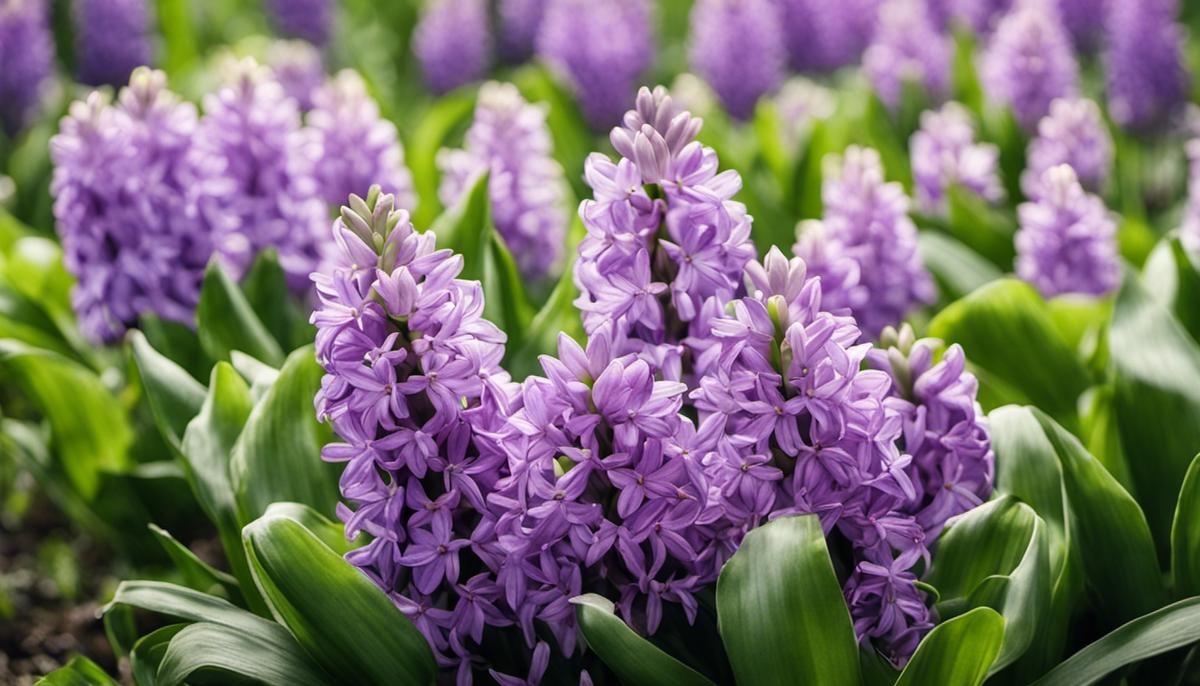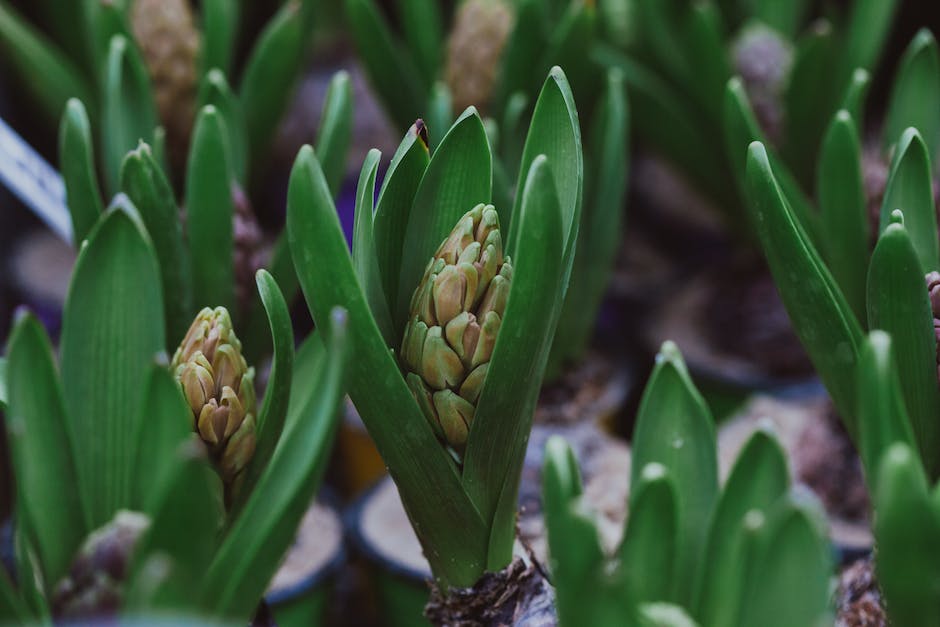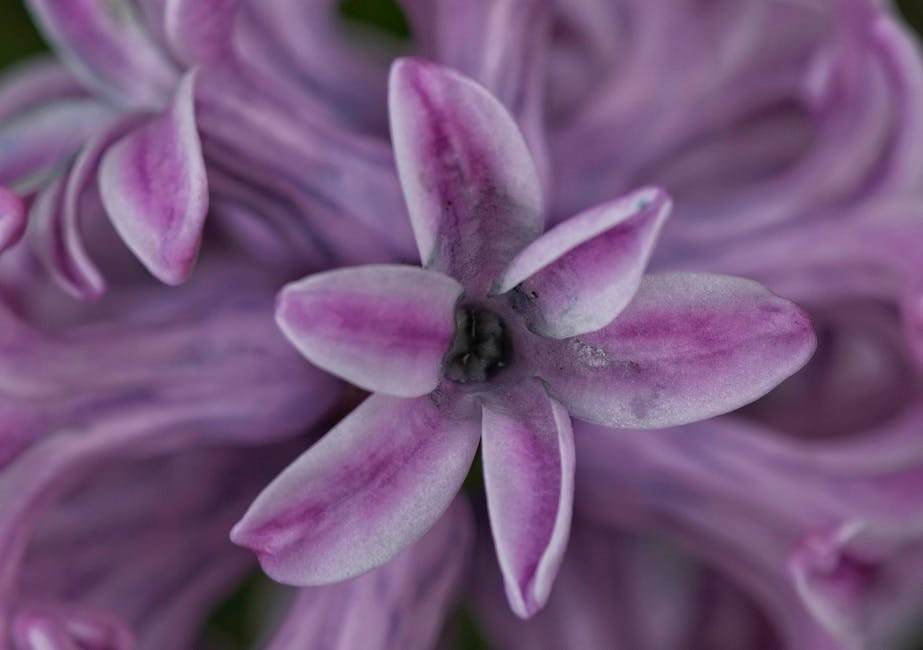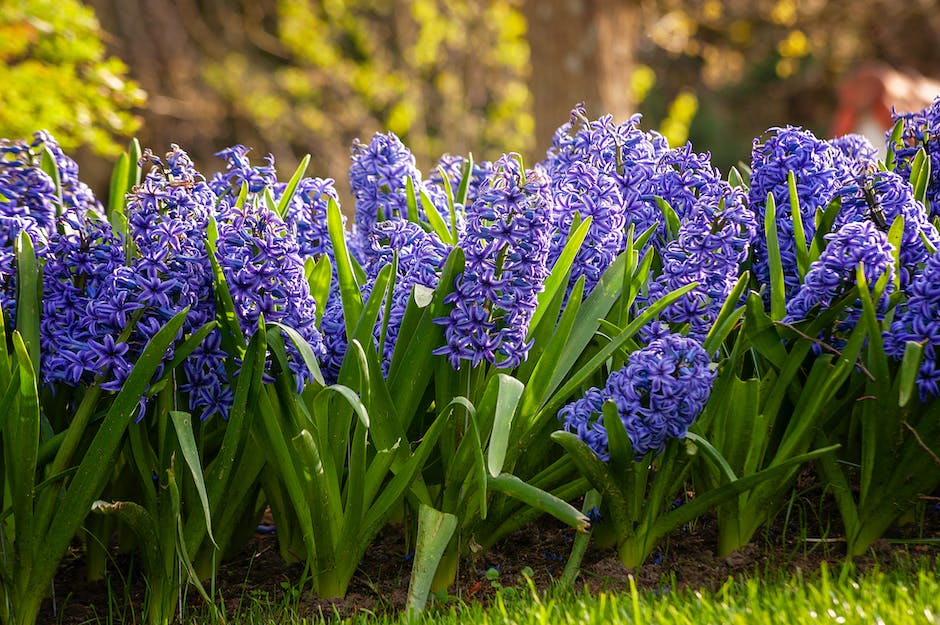Caring for Hyacinth Bulbs After Blooming

Hyacinths, with their vibrant colors and intoxicating fragrance, add a touch of allure and elegance to any garden or indoor setting. Nevertheless, many plant enthusiasts might find themselves in a quandary about what to do with Hyacinth bulbs once the flowers cease to bloom. It’s crucial to understand the plant’s natural lifecycle, giving particular attention to its post-flowering phase. By doing so, one can develop the necessary skills to effectively manage and conserve these bulbs, ensuring their longevity and preserving their beauty for future blooming seasons. This engaging discussion will guide you through the essential steps of looking after your spent Hyacinth flowers and will provide detailed insights into caring for Hyacinth bulbs after their flowering stage.
Understanding Hyacinth post-flowering lifecycle
The Marvelous Life Cycle of Hyacinth Bulbs: A Post-Blossom Guide
One of the most stunning and vibrant signs of spring is the appearance of hyacinth flowers. With their robust and flamboyant bloom, hyacinths captivate us, filling our gardens with color and enriching the air with their breathtaking fragrance. However, once the bloom has passed, not everyone knows what awaits these bulbous wonders. Do they wither away, or does some botanical magic happen beneath the soil? Let’s holster our trowels, don our garden gloves, and delve deeper into the compelling life cycle of hyacinth bulbs after the enchanting flowering period.
Even after their burst of spring glory, hyacinth bulbs continue to play a crucial role in the garden. Post-bloom, these hardy bulbs commence a critical process of nutrient absorption that secures their future blossoming cycle. Gazing at a hyacinth after the bloom might not be as vibrant, but rest assured, these bulbs are working energetically beneath the surface.
In the aftermath of flowering, hyacinth bulbs commence their ‘ripening’ phase. This crucial period, often overlooked, is where the bulbs build up reserves for the next burgeoning blossom, readying themselves for a show-stopping performance again next spring. Perfectly nifty, isn’t it? Now, while this happens instinctively, there are several ways to assist the bulbs during this stage.
One of the best things about hyacinth bulbs is their resilience. Keeping the foliage intact after blooming is essential, as it enables photosynthesis, allowing the bulb to absorb nutrients from the sun. What, to the untrained eye, seems like yellowing and unnecessary leaves, are actually nutrient-factories revving up for their dormant phase.
Additionally, maintaining consistent watering is beneficial. Though not as thirsty as in their blooming phase, hyacinth bulbs do need moisture to continue their bulking process. However, it’s imperative to avoid overwatering these perennials to prevent rot or disease.
With that said, we’ve also got to be on the lookout for bulb predators in the garden. Critters such as squirrels, voles, and other rodents consider bulbs a hearty meal. By avoiding excess mulch and debris in the bulb area, deterring these garden pests becomes easier.
Once these leaves eventually brown and wither, the hyacinths have concluded their ripening phase and enter dormancy, taking a well-deserved rest. Garden enthusiasts can mark this time as the optimum period to remove these bulbs if they wish to prevent the spread or if they’d like to change the location of the bloom for the next season.
As the colder seasons roll around, our tiny bulb heroes retreat further into the earth, continuing their quiet hibernation till it’s time to once again burst forth in their scenic spring splendor.
So, don’t be disheartened when the vibrant hyacinth flowers begin to fade. Remember, beneath the surface, the bulbs are preparing a tenacious comeback. Let’s continue our nurturing care, aiding these captivating bulbs in their exciting journey from bloom to dormancy and back again. The hyacinths’ dedication to their illustrious life cycle reaffirms why we love these glorious springtime heralds in our gardens.

How to properly care for spent Hyacinth flowers
A Deeper Dive into the Colorful World of Hyacinth Cultivation: Fertilization, Preservation, and Bulb Multiplication
A parade of purple, an assembly of azure, an ocean of ombre pink; hyacinth flowers enchant every avid gardener with their dazzling display every spring. But a true hyacinth enthusiast knows that the real beauty of these plants lies beneath the surface, hidden in their enduring bulbs.
The magic of hyacinth cultivation is deeply rooted in understanding and appreciating the life cycle of their bulbs. After the captivating bloom has captured the heart, a web of connected activities endows the bulb with energy for future blooming. Essential to this process is the proper fertilization of the hyacinth.
Fertilizers rich in phosphorous and potassium aid efficient energy transfer within the bulb. But don’t rush to apply fertilizer right after the bloom! The ideal time to fertilize is when the flowers start to wither and droop. A balance should be struck between applying just the right amount: going overboard with fertilizer can lead to a nutrient burn, while a deficiency may cause issues with bulb growth or multiplication.
Moving from nurturing growth to ensuring preservation, let’s delve into the significance of bulb storage. Most people overlook the importance of dry, well-ventilated storage conditions, which help prevent fungal and bacterial infections. A paper bag or a mesh container can effectively maintain the much-needed airflow around stored bulbs. It’s also crucial to cull out infected or damaged bulbs immediately to avoid contagion.
Another captivating aspect of hyacinths worth exploring is bulb propagation or multiplication. Did you know that a hyacinth bulb can parent several other bulbs over time? Bulb offsets or daughter bulbs naturally grow from the base of the mother bulb, leading to a remarkable proliferation that promises even more remarkable flower displays!
The method of bulb propagation depends largely on the time at hand and the desired size of the new bulbs. Twin-scaling and chip budding can expedite the bulb propagation process if you’re keen on quick results, although these methods require careful handling. However, if you’re more inclined towards a natural way of doing things, offset separation is a slower but less risky technique.
In essence, understanding the hidden, ‘unseen’ wonders of hyacinths – fertilization, preservation, and bulb multiplication – can significantly elevate one’s hyacinth cultivation experience. With the right blend of knowledge, patience, and love for gardening, anyone can master the art of nourishing these charming springtime flowers year after year. And what could be more rewarding than seeing the fruits of one’s labor burst into a brilliant, vibrant bloom when spring rolls around?
Therefore, the next time you soak in the captivating view of a hyacinth bloom, remember, the endless hours of nurturing, preservation, and propagation have made this miracle happen! It captures the true essence of this fascination with cultivating hyacinths – it’s not just about the bloom; it’s about the resilience encapsulated in the bulb and the promise of a splendid blossoming future, making it an incredible rewarding part of gardening.

Effective ways to care for Hyacinth bulbs after flowering
Getting down to the brass tacks, fertilization of hyacinths is a crucial aspect of their cultivation. The right time for fertilization is generally in the fall, when the bulbs are beginning to root. However, a generous spring dose of low-nitrogen, high-potassium fertilizer can also offer the hyacinths some benefit as they come out of their winter slumber. It’s a brilliant balance of timing and careful administration of nutrients that leads to healthy, and opulent blooms.
A key factor in fostering healthy hyacinth bulbs is the storage environment. No one wants to lose precious bulbs after all the meticulous care lavished upon them. The perfect storage condition for hyacinth bulbs is a dry, well-ventilated space. This deters the growth of potential fungal infections, ensuring that when spring comes again, the bulbs are ready to be planted and thrive.
Mind you, preservation is not the only reason for storage. A spring cleaning of sorts is also beneficial in maintaining the vitality of the bulb stock. This includes sorting through stored bulbs, culling out any that show signs of infection or damage. By doing this, gardeners ensure that only the strongest and healthiest bulbs are carried over to the next growing season.
For enthusiasts of hyacinth cultivation, understanding bulb propagation or multiplication is an undeniable asset. The simple joy of seeing a single invested bulb multiply into several is certainly something to look forward to. Daughter bulbs, often referred to as ‘offsets’, typically grow from the base of the mother bulb. If allowed to mature, they can bloom as lavishly as their parent.
There are several methods for encouraging bulb multiplication. Some techniques include twin-scaling and chip budding, where sections of the bulb are cut and treated to promote the growth of new bulblets. There’s also the method of offset separation, which involves separating the daughter bulbs from the mother bulb when they’ve grown large enough.
Hyacinth cultivation is not simply a hobby but an exercise in patience, precision, and loving dedication. The amalgamation of understanding the importance of proper fertilization, preservation techniques, and bulb multiplication creates the successful hyacinth cultivation experience. And oh, the sweet accomplishment when the work of seasons past bursts forth from the cold, hard earth in a display of vibrant color and intoxicating scent! The reward justifies the struggle, confirming once again why hyacinth cultivation captures gardeners’ hearts year after year, bloom after magnificent bloom.

Caring for Hyacinth bulbs after they’ve flowered involves considerably more than simply ensuring they are sufficiently watered. It requires an understanding of the plant’s lifecycle, meticulous attention to its needs, and a commitment to its ongoing health and vigor. All these factors combined will assist in maintaining the bulb health during its dormancy period, providing the ideal conditions for the next cycle of growth. With the insights furnished here, anyone can master these techniques, becoming equipped to care for their Hyacinths year after year successfully. Rest assured, with your newfound expertise on the topic, your Hyacinths will continue to be the centerpiece of your garden or indoor collection, season after season.



